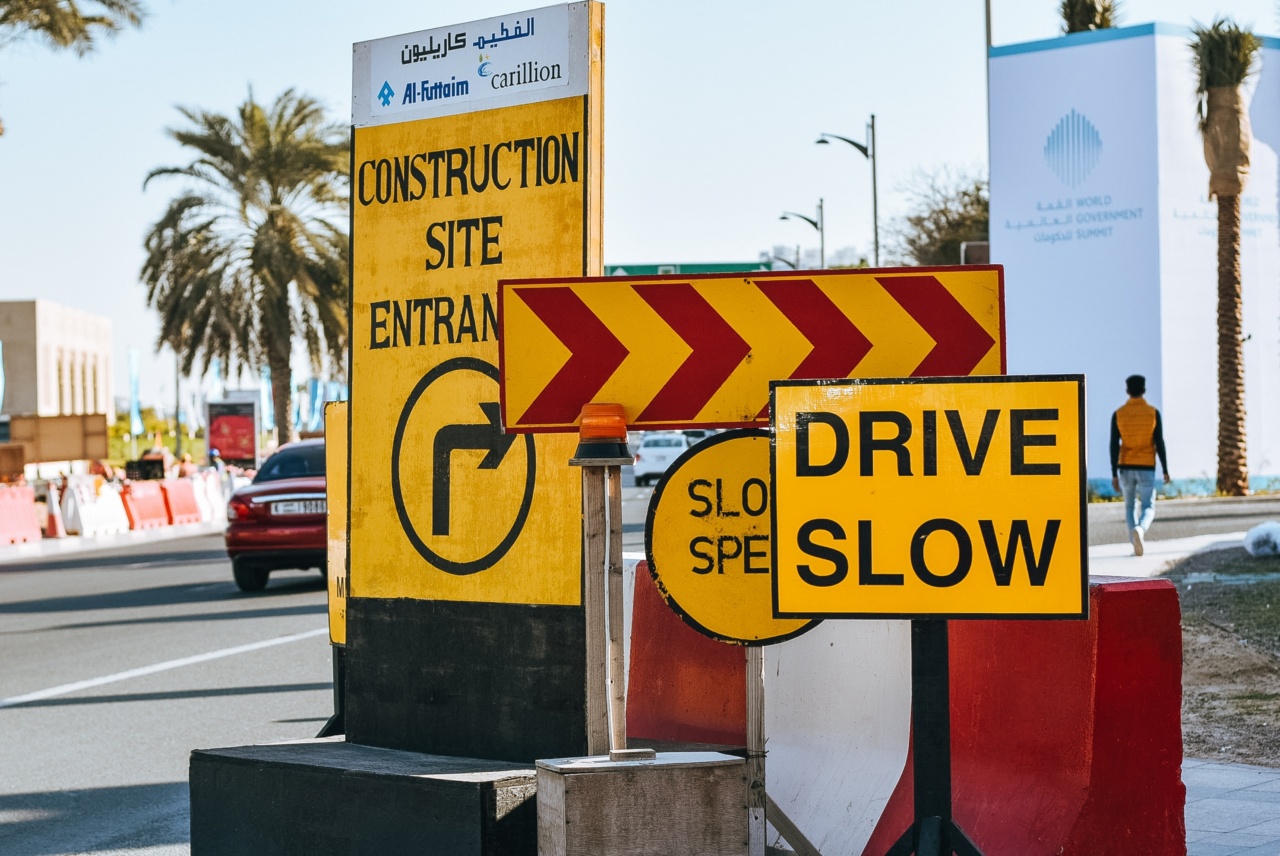As we age, our bodies undergo various changes, both physical and mental. One noticeable change is in our gait, or the way we walk. A slow gait, characterized by shorter steps and a decreased walking speed, has been linked to a variety of health issues.
Recent studies have suggested that a slow gait may not only be an indication of physical decline, but also an early sign of increased risk for developing dementia and cancer. This article explores the connection between slow gait and these two serious health conditions.
Understanding Gait
Before delving into the potential health risks associated with a slow gait, it is important to understand what gait is and how it is assessed.
Gait refers to the pattern and manner in which a person walks, including factors such as stride length, step width, and walking speed. Gait is influenced by various physiological and biomechanical factors, making it a useful indicator of overall health and well-being.
The Link Between Slow Gait and Dementia
Research has shown a significant association between a slow gait and an increased risk of developing dementia, particularly Alzheimer’s disease.
Several studies have observed that individuals with a slower walking speed, shorter steps, and an irregular gait pattern are more likely to experience cognitive decline and develop dementia later in life. These findings suggest that changes in gait may precede the onset of cognitive impairment.
One possible explanation for the connection between gait and dementia is that both share common underlying causes.
For instance, brain abnormalities, such as white matter lesions and cerebral infarcts, often seen in individuals with dementia, can also impact the motor control centers of the brain responsible for gait. Additionally, reduced blood flow to the brain, a risk factor for dementia, can contribute to cognitive decline as well as slower walking speed.
Furthermore, gait abnormalities may reflect the presence of underlying neurodegenerative processes associated with dementia.
Pathological changes in the brain, including the accumulation of beta-amyloid plaques and neurofibrillary tangles, are hallmark signs of Alzheimer’s disease. These pathological changes not only affect cognitive functions but also impact motor control, leading to slower and less steady gait.
Slow Gait as a Potential Indicator of Increased Cancer Risk
Recent studies have also uncovered a potential connection between slow gait and an increased risk of developing certain types of cancer.
Researchers have found that individuals with a slow gait tend to have higher levels of circulating cancer-specific biomarkers, such as C-reactive protein and carcinoembryonic antigen. These biomarkers indicate the presence of inflammation and an increased likelihood of developing cancer.
Moreover, a slow gait has been associated with an overall decline in physical fitness and muscle strength, which are known risk factors for the development and progression of cancer.
Reduced physical activity levels and muscle weakness can impair the body’s immune function and increase susceptibility to cancerous growths.
Additionally, individuals with a slow gait often experience other age-related health conditions, such as obesity, diabetes, and cardiovascular disease, which further heighten the risk of developing cancer.
These coexisting conditions, combined with the physiological changes associated with a slow gait, create an environment conducive to the growth and spread of cancer cells.
Early Detection and Intervention
Recognizing the potential significance of a slow gait in predicting dementia and cancer risk, researchers are exploring the use of gait analysis as an early detection tool.
By monitoring changes in gait patterns over time, healthcare professionals may be able to identify individuals at a higher risk and implement preventative measures or interventions.
Regular physical activity, including exercises that focus on improving balance, strength, and coordination, can help combat the negative effects of a slow gait.
Engaging in activities such as walking, swimming, or tai chi can contribute to maintaining a healthy gait and reduce the risk of developing dementia and certain cancers.
In addition to physical activity, a balanced diet rich in antioxidants and anti-inflammatory foods may also help mitigate the risk of dementia and cancer.
Consuming fruits, vegetables, whole grains, and lean proteins can provide essential nutrients that support brain health and bolster the immune system.
Conclusion
A slow gait should not be dismissed as a mere consequence of aging. Rather, it may serve as an early warning sign of potential health issues, including dementia and cancer.
Recognizing the link between gait and these conditions allows for early detection and targeted interventions, potentially preventing or delaying their onset.
As researchers continue to explore the intricate relationship between gait and health, healthcare professionals can incorporate gait assessment as part of routine examinations.
By doing so, they can not only enhance their ability to identify at-risk individuals but also implement appropriate strategies to improve overall health outcomes.




























